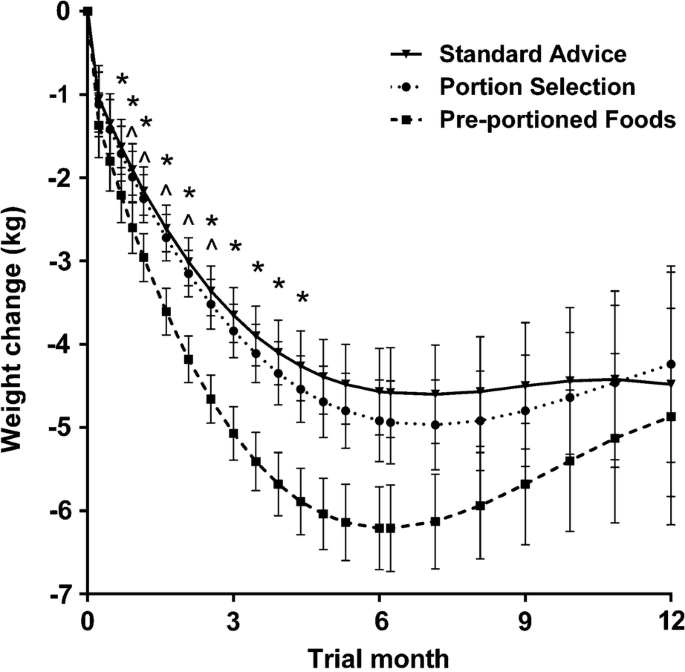
Unlocking Health Benefits: Portion Control Strategies
Portion control is a fundamental aspect of maintaining a healthy lifestyle. By understanding effective strategies for managing your food intake, you can foster a balanced and mindful approach to eating. Let’s explore some key strategies that can empower you on your journey towards optimal health.
1. Mindful Awareness: The Starting Point
Portion control begins with mindful awareness. Pay attention to your body’s hunger and fullness cues. Before reaching for seconds, take a moment to assess whether you are genuinely hungry or if it’s a response to external cues. Cultivating mindfulness around your eating habits sets the stage for effective portion control.
2. Opt for Smaller Plates: Visual Cues Matter
The size of your plate can influence your perception of portion sizes. Choose smaller plates to create visual cues that encourage appropriate portioning. This simple strategy can prevent overeating by naturally limiting the amount of food you place on your plate, promoting a healthier relationship with your meals.
3. Use the Plate Method: A Balanced Approach
The plate method involves dividing your plate into sections for different food groups – vegetables, proteins, and carbohydrates. This approach helps ensure a balanced intake of nutrients while controlling portion sizes. Visualizing the components on your plate can guide you in creating well-proportioned and nutritionally balanced meals.
4. Measure and Weigh: Precision in Portioning
For those looking for precision in portion control, measuring and weighing food can be an effective strategy. Utilize measuring cups or a food scale to accurately portion your meals. While this method may seem meticulous, it provides a clear understanding of serving sizes, aiding in maintaining a calorie-conscious diet.
5. Listen to Your Body: Intuitive Eating
Listening to your body’s hunger and fullness signals is an intuitive approach to portion control. Eat when you’re hungry and stop when you’re satisfied. This strategy encourages a more attuned relationship with your body’s needs, promoting a sustainable and enjoyable way of eating without strict rules.
6. Be Cautious with Liquid Calories: Watch Your Drinks
Beverages can contribute significantly to overall calorie intake. Be mindful of liquid calories from sugary drinks or high-calorie beverages. Opt for water, herbal teas, or other low-calorie options to stay hydrated without adding excessive calories to your daily intake.
7. Plan Ahead: Preparing Controlled Portions
Planning your meals in advance allows you to control portion sizes and make healthier choices. Consider preparing meals and snacks ahead of time, dividing them into portioned containers. This proactive approach reduces the likelihood of impulsive eating and promotes adherence to portion control goals.
8. Slow Down: Enjoy the Eating Experience
Eating too quickly can lead to overeating, as your body may not have enough time to signal fullness. Slow down the pace of your meals, savor each bite, and allow your body to register satiety. This mindful eating approach promotes better digestion and helps prevent consuming more than your body needs.
9. Split Large Servings: Share with Others
When dining out or preparing larger meals, consider splitting servings with a friend or family member. Sharing a dish not only promotes portion control but also encourages social engagement around meals. This strategy allows you to enjoy your favorite foods in moderation without overindulging.
10. Portion Control Tools: Visual Guides
Various tools, such as portion control plates or containers, can serve as visual guides for maintaining appropriate serving sizes. These tools often have designated sections for different food groups, simplifying the process of creating balanced and controlled portions.
To delve deeper into effective portion control strategies, visit CogniflexReview.com. This resource provides additional insights and support to help you master the art of portion control on your journey to a healthier lifestyle.
Conclusion: A Balanced Approach to Eating
Mastering portion control is about adopting a balanced and mindful approach to eating. By incorporating these strategies into your daily routine, you empower yourself to make informed choices about the quantity and quality of your food intake. Remember, the goal is not restriction but a sustainable and health-conscious relationship with the food you consume.





